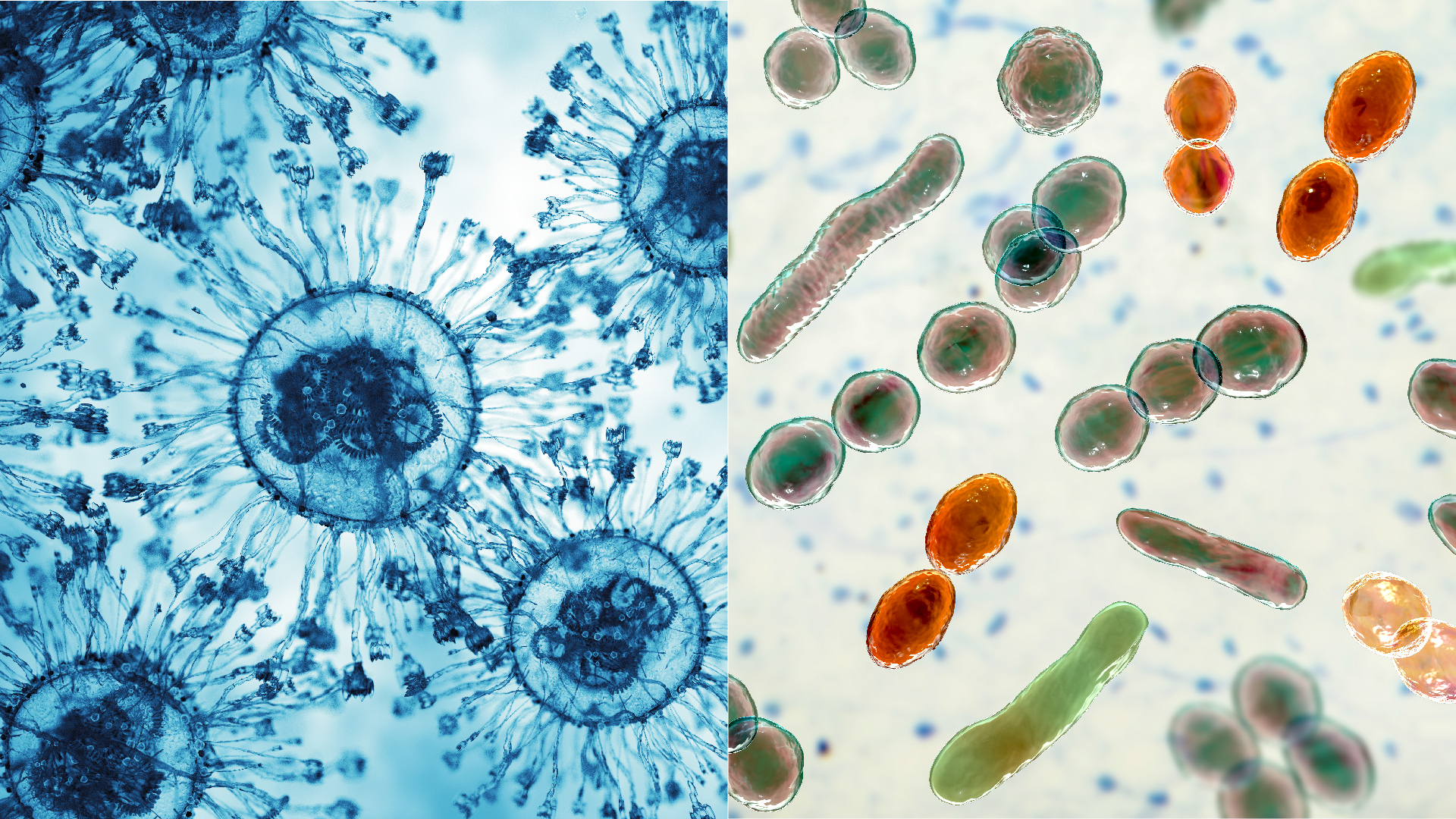JCM, Vol. 13, Pages 6203: Comparison of Revision Techniques for Rod Fracture after Adult Spinal Deformity Surgery: Rod Replacement Alone or Coupled with Lateral Lumbar Interbody Fusions or Accessory Rods
Journal of Clinical Medicine doi: 10.3390/jcm13206203
Authors: Ki Young Lee Jung-Hee Lee Gil Han Cheol-Hyun Jung Hong Sik Park
Background: Rod fracture (RF) is the most common cause of revision in adult spinal deformity (ASD) surgery, and various treatment strategies for preventing RF are reported in the literature. This retrospective study, involving 139 ASD patients (aged ≥65 years and a minimum 2-year follow-up) who underwent long-segment fixation from T10 to sacrum with pedicle subtraction osteotomy (PSO), analyzed long-term results, including radiographical parameters and the incidence of recurrent RF (re-RF), to determine the most effective revision method for preventing RF. Methods: Patients were classified into three groups according to the revision method performed for RF: simple rod replacement (RR group, n = 17), lateral lumbar interbody fusion around the PSO site (RR + LLIF group, n = 8), and accessory rod insertion (RR + AR group, n = 22). Baseline characteristics and radiographical and clinical parameters were analyzed. Results: RF occurred in 47 patients (34%) at an average of 28 months following primary deformity correction. Re-RF occurred in six patients (13%) at an average of 37 months. Re-RF occurred most commonly in the RR group (p = 0.048). Every re-RF in the RR group occurred at the PSO site; none occurred in the RR + LLIF group, and one in the RR + AR group occurred near the L4–5. After both primary deformity correction and revision surgery, spinopelvic parameters had shown favorable results, and clinical outcomes had improved in all three groups without significant intergroup differences. Conclusions: Accessory rod insertion or an additional LLIF around the PSO site seems to provide greater strength and stability to the previously fused segments than a simple rod replacement, which demonstrates the need for additional support in revision surgery for RF after a PSO.

 10 hours ago
10
10 hours ago
10


